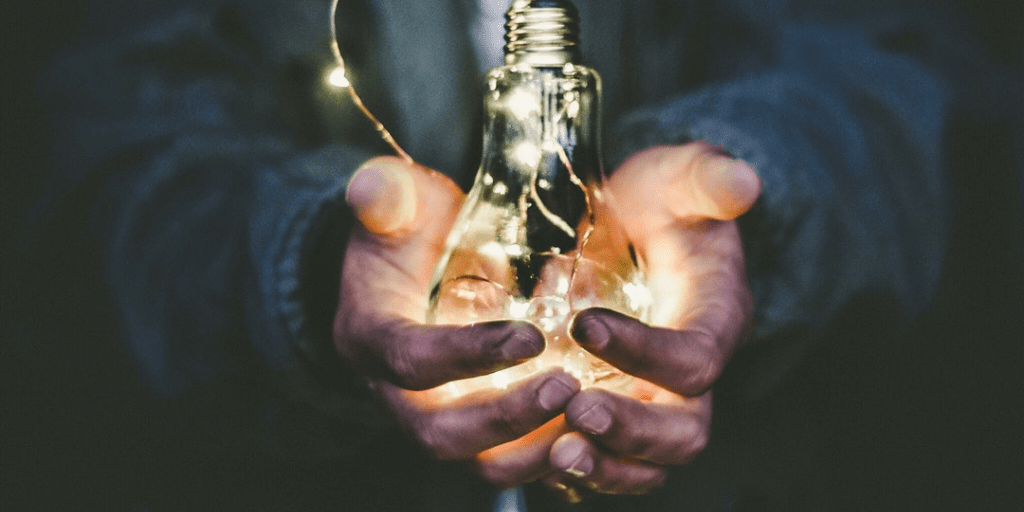The Benefits of LED vs Halogen Lighting
We all know the feeling of flipping a switch and seeing a bulb blow. Another dreaded trip to the DIY shop to be faced with 1001 options of bulbs, clueless on the difference of which one to get. “They all light up, right?”
So to make that trip a little bit easier, we’ve put together a list of the pros and cons of the two most popular bulbs on the market – LED (Light Emitting Diode) and Halogen, to help you find the best lighting for your needs while providing you with the best value for money.
EFFICIENCY
The first question you should ask yourself during the purchasing decision is just how well do the bulbs perform?
When bulbs are switched on they create heat as a by-product. Halogen bulbs generate a significant amount of heat from short periods of operation making them only 30% efficient, with 70% of the energy used to power it gives off in the form of heat. Due to their inefficiency, non-directional halogen light bulbs (those with a traditional shape or general lamp shape) were banned from sale from September 2018 as an EU policy. I recently found out from a high street lighting retailer that they are in the process of discontinuing halogen bulbs across their range.
LED bulbs, on the other hand, are highly energy efficient. With 80% of the electricity used transmitted as light energy, therefore producing very little heat. Because LEDs are solid-state bulbs with no moving parts, they are extremely durable and last for many thousands of hours of operation.
COST
If one of your New Years’ Resolutions was to save some extra money, LED bulbs are the way to go. Due to their inefficiency, halogen bulbs use a large amount of electricity which can lead to substantial energy bills, whereas LED lighting can save you on average up to 90% as they can burn for an average of 60,000 hours. Within this time a consumer would have to buy anywhere from 10 to 20 halogen bulbs for one socket. Not only does purchasing LED cut down cost, but also cuts down maintenance time.
Due to their benefits and being state of the art lighting technology, there is a huge variety offered on the market at competitive prices. In order to choose the best one, opt for reputable brands and make sure you look at the warranty offered.
AESTHETIC
The aesthetic of both bulbs depends on the situation and the type of effect you are looking to achieve.
As they create more light than heat, LED bulbs produce a high quality, natural looking light compared to the bright white light halogen bulbs product due to burning much hotter. Halogen lighting can also only emit a single colour, whereas LED lighting can produce the full spectrum, therefore being able to release different coloured luminosities from red to blue, to green.
SAFETY
Halogen not only burn brightly, but they also produce a lot of heat, which in turn raises the room temperature. This can cause real problems, especially in hotter climates, increasing the risk of house fires. LEDs produce very little heat and do not add to environmental temperatures. Due to their low heat output, they are also safer and have a lower chance of starting an accidental fire.
BRINGING IT ALL TOGETHER
All in all, being switched on about the best choice of lighting depends on your needs and the result you are trying to achieve. Halogen lighting is best used for large spaces such as a business environment for large spaces whereas LEDs are more suitable for domestic use. Resourcefully, however, LEDs are more sustainable due to their long life span. The initial purchase price may be a little higher than halogen but despite this, they still offer the best value for money.

